Platelet-Rich Plasma (PRP)
Platelet-Rich Plasma (PRP) therapy has received a lot of attention and popularity, largely thanks to social media. However PRP has been used for decades for its healing benefits, used mainly in athletes with torn ligaments. Scientific studies dating back 30 years have documented that PRP grows new collagen when injected into the skin, and newer studies show that PRP treatment can soften sun damage and aging skin issues. When PRP is used with microneedling, it is known as the "vampire facial".
Platelets are formed in the bone marrow and contain more than 30 bioactive proteins, many of which have a fundamental role in tissue repair and tissue regeneration. PRP is full of growth factors that play a key role in the aging process and has regenerative properties that treat many skin conditions including hair loss, acne scars, surgical scars, stretch marks, pigmentation, volume loss, wrinkles, fine lines, and crepey skin texture.
PRP has a long history of being used in orthopedic medicine, dentistry, and reconstructive surgery, and now its benefits are being applied to other fields of medicine such as dermatology, skin wound healing, hair restoration, and cosmetic facial rejuvenation.
Process of Platelet-rich plasma (PRP) therapy
Platelet-rich plasma (PRP) therapy is a medical treatment that involves using a patient's own blood to promote healing and regeneration of injured tissues. The process of PRP therapy typically involves the following steps:
- Blood Collection: A small amount of the patient's blood is collected from their arm using a needle and a special collection tube.
- Centrifugation: The collected blood is then placed in a centrifuge, a machine that spins at a high speed to separate the different components of the blood. The centrifugation process separates the platelets, growth factors, and other healing proteins from the other blood components.
- Concentration: The separated platelets and growth factors are then concentrated into a small volume of plasma, which is the liquid part of blood that remains after the other blood components have been removed.
- Injection: The concentrated PRP solution is then injected directly into the site of injury or damaged tissue using a sterile syringe and needle. The injection may be guided by imaging techniques, such as ultrasound or fluoroscopy, to ensure that the PRP is delivered to the precise location of the injury.
- Recovery: After the injection, patients are typically advised to rest and avoid strenuous activity for a few days to allow the healing process to take place.
The idea behind PRP therapy is that the concentrated platelets and growth factors in the injected plasma will promote tissue regeneration, reduce inflammation, and accelerate healing. PRP therapy is commonly used to treat a range of conditions, including musculoskeletal injuries, osteoarthritis, and chronic wounds.
Indications:
- Acne
- Acne scars
- Surgical scars
- Stretch marks
- Smile lines
- Lip lines
- Hair loss
- Hair thinning
- Wrinkles around the eye area
- Skin discoloration
- Loose skin
- Under eye circles
What to expect:
Treatment
PRP treatments are minimally invasive and do not require anesthesia. A small amount of your blood is spun in a centrifuge, a machine that spins at a very high speed, in order to separate the different components of blood and concentrate the platelets. The platelets are then extracted and either applied to the skin or injected to help with stimulating hair re-growth (if injected into the scalp) and facial rejuvenation. Treatment will take approximately 1 hour, half the time will be dedicated to numbing and PRP preparation and 30 minutes for injection and microneedling treatment.
Results
Microneedling produces substantial clinical improvement of scars, stretch marks, and wrinkles with expedient recovery and limited side effects. Results begin to show 3-4 weeks after a treatment session and continue to improve with time. Depending on what you’re treating, results can be permanent for issues like acne scars. For concerns like acne scars and photo-aging, three treatment sessions are generally recommended, spaced 1-2 months apart, to achieve the best outcome. PRP treatment can be combined with laser treatment, microneedling, chemical peels, fillers, neuromodulators (Botox/Dysport) in order to achieve the goal of younger looking skin. Maintenance PRP treatments should be given over time for ideal results.
Downtime
You can typically resume normal activities right away; however, try to avoid vigorous exercise for at least 24 hours. Your skin may be slightly red for a few days, but this can be covered with makeup. Additionally, you should avoid direct sunlight for a few days and be sure to wear a strong sunscreen when you go out.
Side Effects
The most commonly reported side effects were transient redness, puffiness and soreness. There is risk of infection and scarring if microneedling isn’t done properly—so always make sure you are in the hands of a trained doctor.

